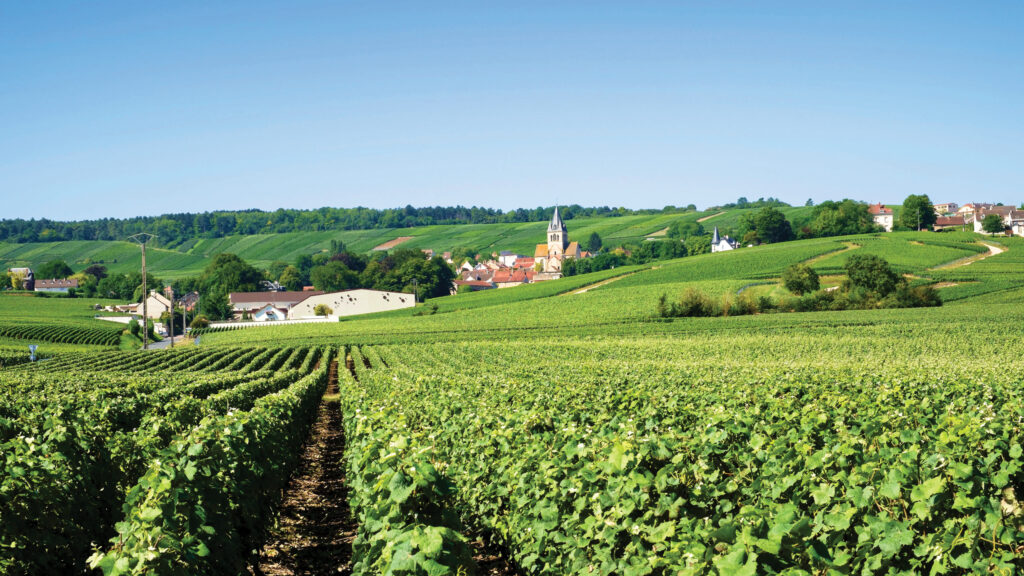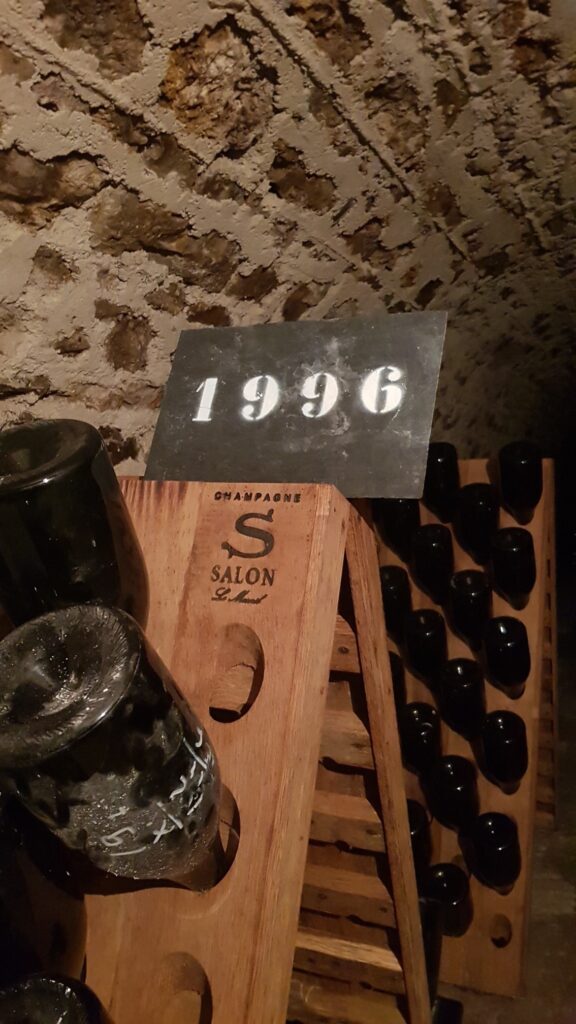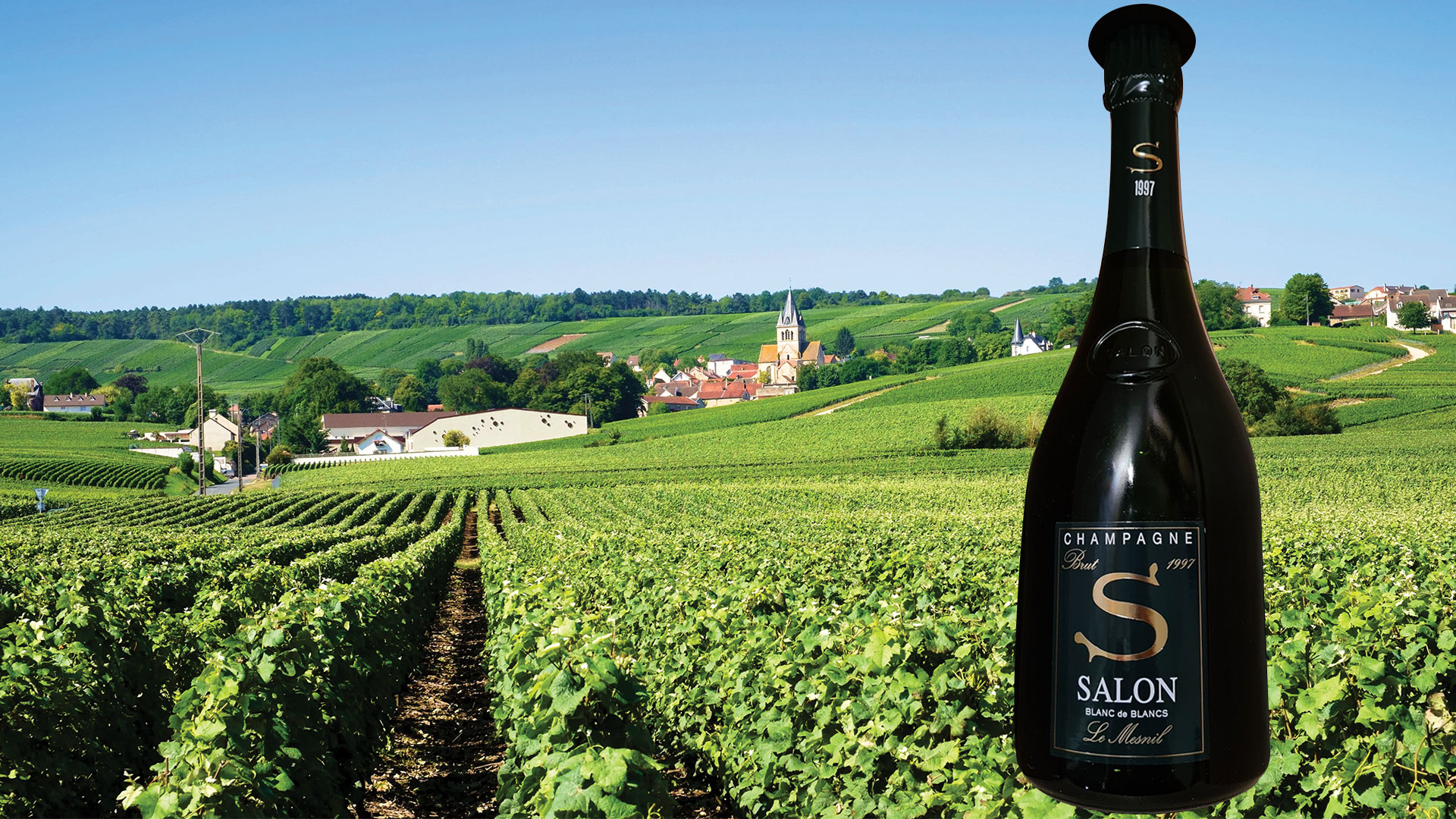Champagne is synonymous with sparkling wine the world over, but the uniqueness of its precious provenance is stringently protected. Only sparkling wine made and bottled in the Champagne region in the traditional method can be called Champagne and no other bubbles come close as symbols of luxury and celebration.
Sara Checchi, Group Head Sommelier and Beverage Manager of restaurant group Maximal Concepts, has always been intrigued by Champagne due to its unique history, terroir and production techniques. The 50 years from 1670 to 1720 were a turning point for the region as this was when specific techniques for making sparkling wines were developed. Legendary Benedictine monk Dom Pierre Pérignon played a significant role in perfecting the méthod Champenoise, or the traditional method, in which wine undergoes a second fermentation in the bottle to produce carbon dioxide and thus the effervescence essential for its sparkling quality.
Aside from the fascinating history of the area, Checchi also adores the beauty of the landscape, its villages and “the breathtaking panoramic view over the vineyards”. The hillsides, houses and cellars of Champagne were added to the Unesco World Heritage list in 2015.
Climate impact
Checchi says Champagne benefits from a unique combination of both oceanic and continental climatic influences, being neither too cold in winter nor too hot in summer, in which grapevines used in making the region’s famed pour – predominately Chardonnay, Pinot Noir and Meunier – thrive.

The soil in the area, located 90 miles east of Paris, also contributes in an incisive way. “Deep in Champagne subsoil are layers of sedimentary rocks composed of chalk, marl and limestone. This type of subsoil allows for good drainage,” explains Checchi.
She does warn, however, that the continental influences can lead to freezing temperatures in winter, bringing frosts that can be devastating for the vineyards, and this occasional occurrence makes Champagne a challenging wine-growing area.
Salon salute
Asked for her Champagne of choice, Checchi unhesitatingly plumps for Salon. “It is definitely my favourite Champagne!” she exclaims. “It is produced from a single grape variety, namely Chardonnay, and comes from a single great terroir – Le Mesnil-sur-Oger Grand Cru in the Côte des Blancs.”
This exceptional Champagne is only made in years when conditions are perfect. “Salon is produced just in the best vintages; little more than 35 vintages were produced in a whole century!” she says. “Doubtless this is not a bottle for daily consumption because of its price and the difficulty of its availability in the market.”
The thought of this rare pleasure makes every sip of “the experience memorable, every single time I get the chance to drink it”. She believes the wine has a magical, almost potent effect: “If eternal youth exists, Salon definitely knows its secret recipe!”


Despite Salon’s rarity, Checchi has savoured the tipple on enough occasions to be able to compare different vintages. “Even though I have had the honour of drinking many vintages from the maison, the one that is still in my heart is Salon 1997,” she reveals. She was extremely impressed by its youth when she tasted it in January 2020, yet “the nose is complex”.
Describing some of the tastes and aromas of her favourite vintage, she enthuses: “The 1997 is wonderfully refined, its minerality complemented by hints of white flowers. A salty note enhances aromas of bread crust, brioche with a little hint of green apple, and hazelnut.” Her appreciation becomes more infectious as she describes the mouthfeel, which “shows the very essence of Salon, dynamic and energetic. The mousse [sparkling-wine foam] caresses the tongue with the sensuality of silk, and there are rich and persistent flavours of ripe peach, honey and smoked tea.”



